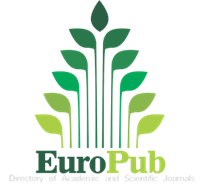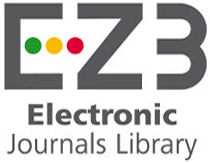Abstract
Background: Divided nevus, also known as “kissing nevus,” is a rare form of congenital melanocytic nevus that occurs on opposing margins of upper and lower eyelids. A paucity of literature on this rare anomaly exists, with most being case reports and series. Moreover, regression of this lesion was rarely reported.
Case Illustration: We present a rare case of congenital divided nevus of the eyelid that regressed after eight years, confirmed with dermoscopy. A six-year-old boy presented to the Dharmais National Cancer Hospital with two pigmented macules on the upper and lower right eyelid since birth. A year ago, the lesions started gradually disappearing and were replaced by a hypopigmented area. We evaluated the clinical and dermoscopic findings for two consecutive years. The dermoscopy showed pseudopigment networks, surrounded by a hypopigmented area resembling a halo. The pigmented lesions cleared with no residual lesions.
Discussion: The dermoscopic findings of the patient resemble a solar lentigo characterized by pseudopigment networks, a feature caused by the relatively flattened rete ridge on the face. The hypopigmented area reflects a regression process, like the halo nevus, and is accompanied by leukotrichia of the eyelashes, a feature usually found in patients with vitiligo. Regression of the divided nevus is related to an autoimmune process. A similar mechanism was also found in vitiligo. Since no atypical findings were present in this patient, we recommend only observation.
Conclusion: Divided nevus is a rare case. We present a case of congenital divided nevus of the eyelid that regressed spontaneously. Clinical and dermoscopic findings of hypopigmented regression area were similar with vitiligo, which might share similar pathological mechanisms.
Recommended Citation
Wahyudi, Danang Tri; Aulia, Izzah; Hoemardani, Aida S. D.; and Sutarjo, Agassi Suseno
(2020)
"Spontaneous Regression of Divided Nevus of the Eyelid Evaluated by Dermoscopy : Is it Hypopigmentation After Regression or Vitiligo,"
Journal of General - Procedural Dermatology & Venereology Indonesia: Vol. 4:
Iss.
2, Article 9.
DOI: 10.19100/jdvi.v4i2.212
Available at:
https://scholarhub.ui.ac.id/jdvi/vol4/iss2/9
Included in
Dermatology Commons, Integumentary System Commons, Skin and Connective Tissue Diseases Commons































